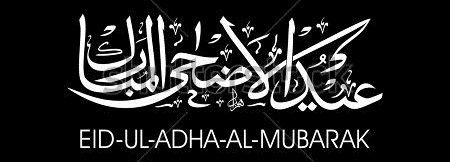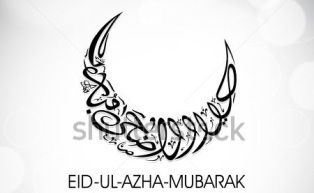The feast of Bakr-Id is an occasion to give and to sacrifice. It is a day to thank the Almighty for one's good fortune and to share it with the less fortunate brethren. Id-ul-Zuha, or Id-ul-Azha, as it is called in Arabic, translates as 'the feast of sacrifice'.

Historical Background As we look at the historical background of the Id-ul-Zuha, we gain information that ALLAH had commanded Hazrat Ibrahim (Abraham) to sacrifice his son Ismail on Mount Mina near Mecca. Ibrahim, unable to see himself kill his son, blindfolded himself and carried out the pronouncement of God. When he took off the blindfold, a lamb lay slaughtered on the altar and his son stood there unharmed. Ibrahim understood then that this willingness on his part to give up his only son was what God sought, and not the sacrifice of human flesh and blood. Thus, the history of Bakr-Id confirms the belief of the devouts that all God requires of man is a surrender of his will and self. Like Ibrahim, who willingly surrenders his beloved son to God, a true follower of Islam is expected to sacrifice something that is dear to him.

Every true Muslim who possesses wealth equal to or more than 400 grams of gold or is capable of affording two square meals a day, is expected to sacrifice an animal. A goat (also called bakri, hence Bakr-Id), sheep, camel or any other four-legged animal is slaughtered during one of the three days of the festival, and the meat is distributed. The sacrificial offering is divided in three parts - one for the self, another for friends, and the third, most importantly, for the needy. The sacrifice can be offered at any time before the afternoon of the third day. Festivities mark the first day, when people wear new clothes, offer prayers at the mosque, and greet friends and relatives. Special prayers are offered on all three days.



